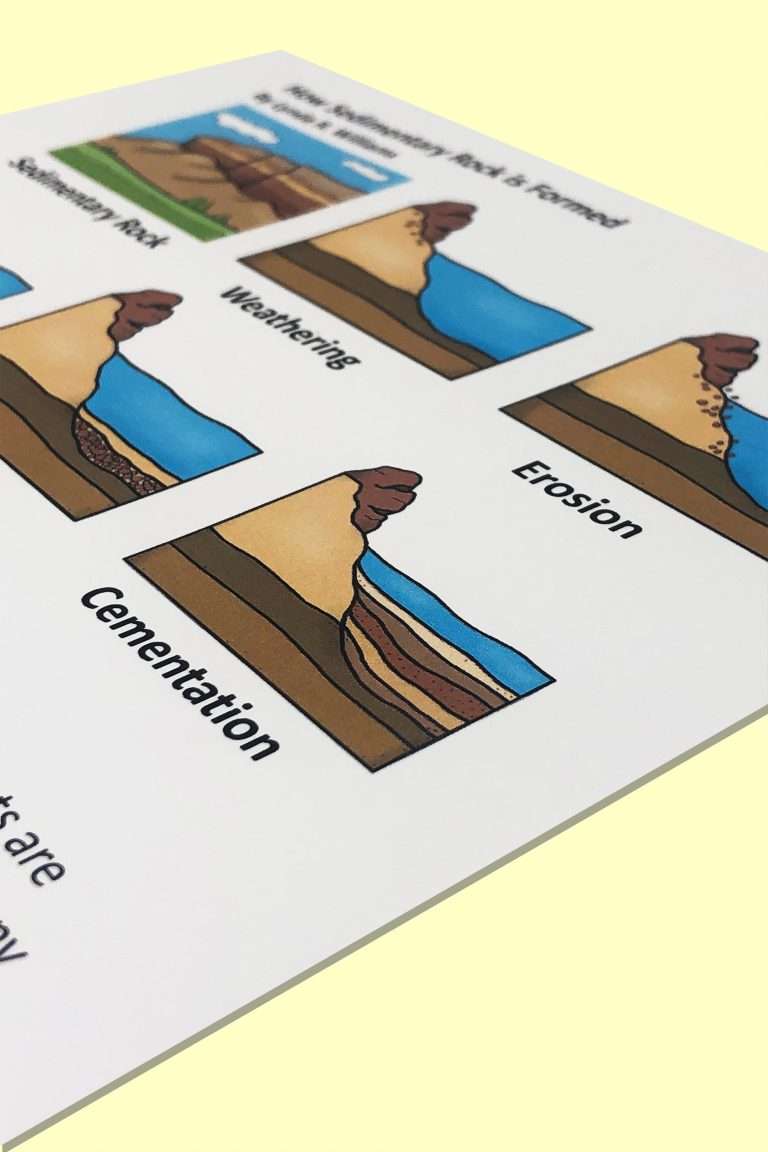Summer is a time for relaxation, but it doesn’t have to be a break from learning. Whether you’re teaching summer school, a science summer camp, or just looking for a fun activity to do with your kids at home, Summer STEM activities are an excellent way to keep young minds active and engaged. From making slime to designing and testing a prototype of a balloon car, there are so many fun hands-on STEM activities to do! Here are some of my favorite STEM activities to do over summer break.
Archimedes Water Pump
In this STEM Engineering resource, students will learn about the history of the Archimedes’ Water Pump and they will create their own working water pump in this STEM challenge. Students will learn about how screws are really an inclined plane wrapped around a cylinder. Students will have to think about how a screw works to lift things like water.
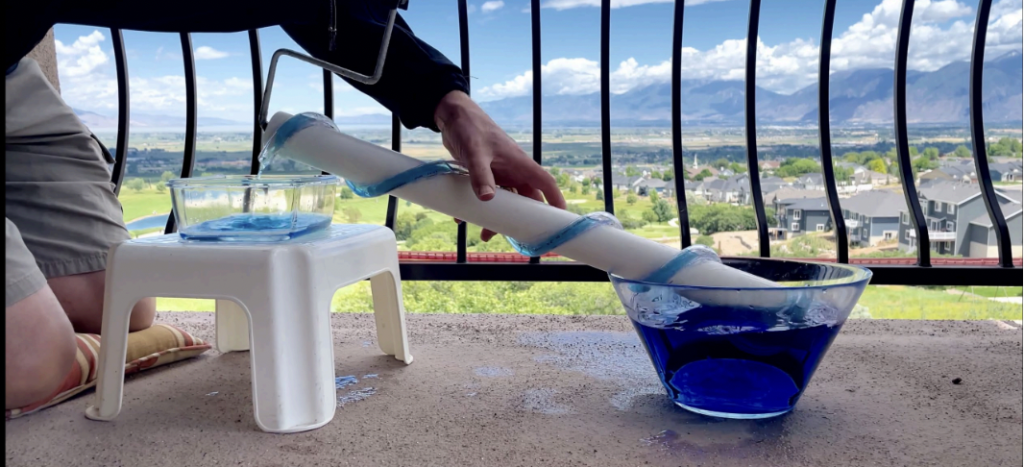
You can read more about this awesome activity, and see a video of an Archimedes Water Pump in action, on my blog here. You can buy this resource here on my website, or here on TPT!
Design and Build a Balloon Car
Students will use Design Thinking to create a balloon-powered car. Students will design, create a prototype, and conduct iterative testing to design and improve a balloon car. Students will consider constraints and criteria and will compare design solutions in the engineering challenge.
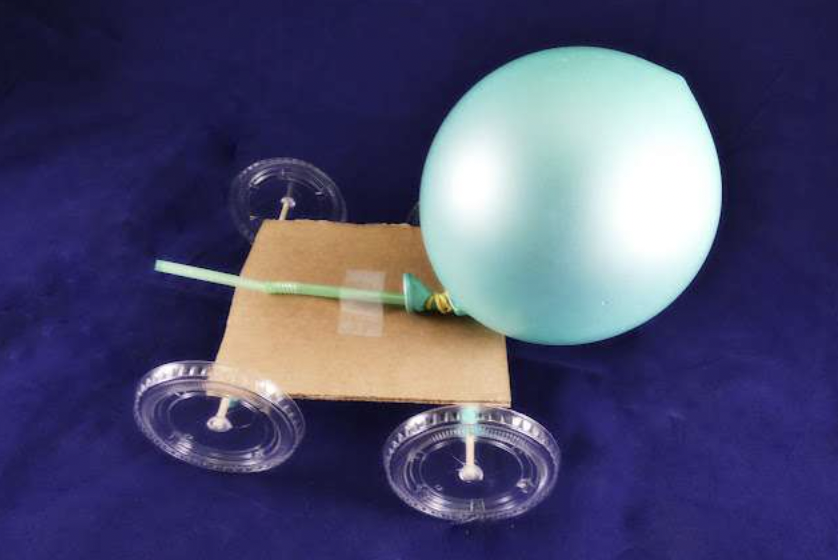
You can read more about this fun hands-on STEM activity on my blog here! And you can purchase the resource here on my website, or on TPT.
Build a Catapult
Students will learn about mangonels and trebuchets. Using the design process, students will build a catapult, test it, evaluate it according to the criteria and constraints, compare it with other design solutions, and improve their own design solutions. Students will learn about the mangonel, which uses tension to power the launch and the trebuchet, which uses a counterweight and gravity to launch the projectile. Students will love this engaging STEM activity, and they will love learning about these two mechanisms for launching a projectile.
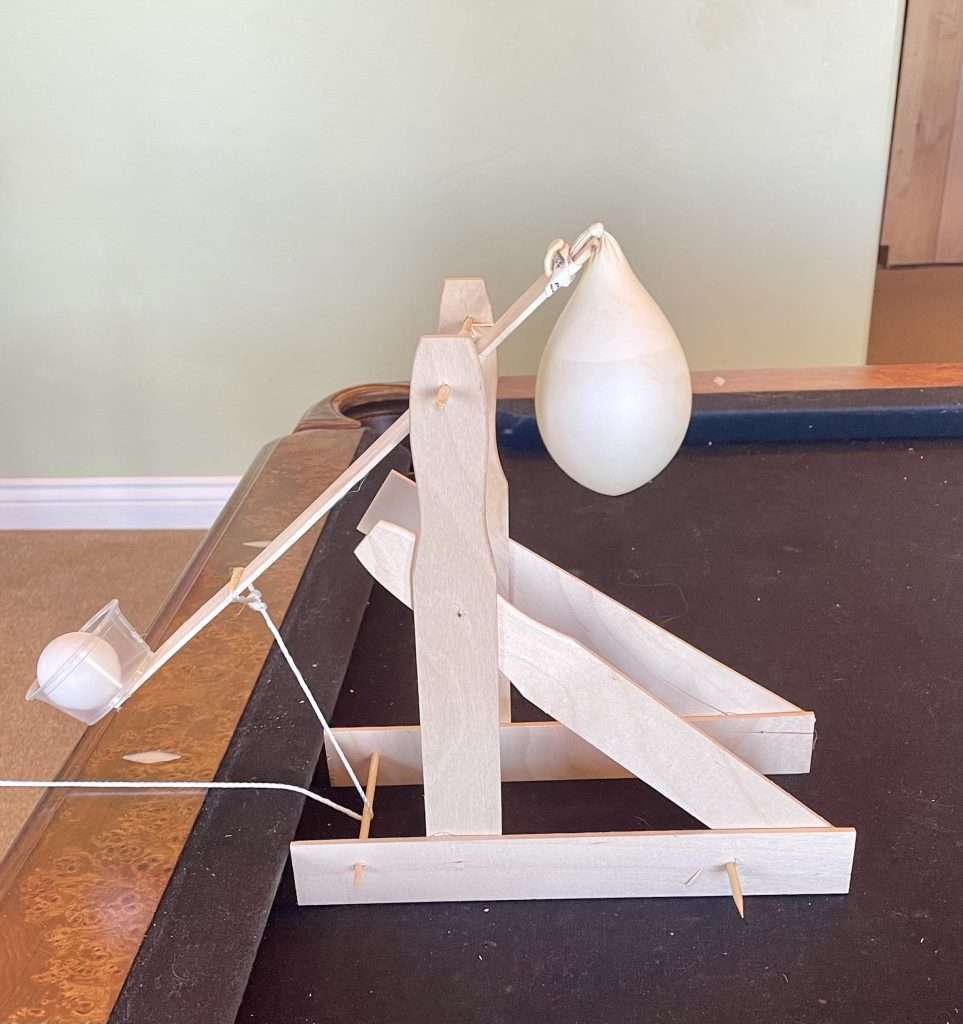
You can read more about this activity on my blog here! This resource is available for purchase here on my website, or from my TPT store!
Build a Rubber Band Car
Your students will love making a rubber band car to demonstrate potential and kinetic energy! This is a great STEM Activity using the engineering design process. Students will design and test their prototype and redesign in this STEM activity. Rubber band cars are fun and engaging and illustrate various force and motion concepts.
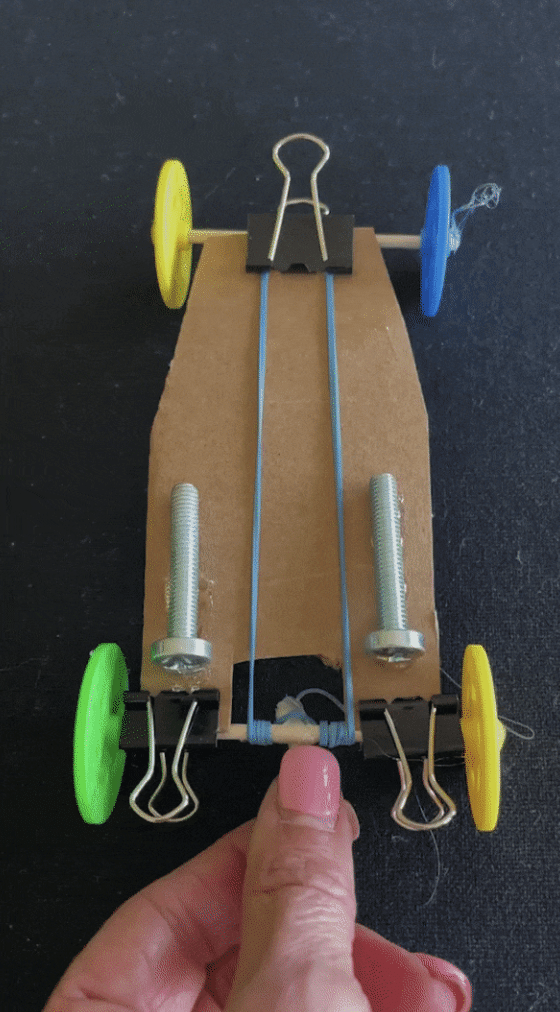
You can read more about this activity on my blog here! This resource is available for purchase here on my website, or from my TPT store!
What are the benefits of summer STEM activities?
Engaging in STEM activities during the summer can offer a ton of benefits for students of all ages. Not only do STEM activities boost academic performance and foster creativity and problem-solving skills, they are a total blast!
1. Bridging the Summer Learning Gap
One of the significant benefits of summer STEM activities is their ability to bridge the summer learning gap. During the long vacation, students often lose some of the knowledge and skills gained during the school year. Engaging in STEM activities can help sustain and even enhance students’ learning, ensuring they return to school ready to tackle new challenges.
STEM activities encourage students to apply concepts learned in the classroom in a fun and engaging way. Whether it’s building a simple machine or conducting a science experiment, these activities reinforce learning and help retain critical information. This hands-on approach not only makes learning enjoyable but also ensures that students maintain a strong foundation in their STEM subjects.
2. Encouraging Curiosity and Creativity
Summer STEM activities provide an excellent opportunity for students to fall in love with STEM. With fewer constraints than the traditional classroom setting, students can dive deep into topics that fascinate them. This freedom to explore encourages curiosity and creativity, essential traits for innovation and discovery.
A student interested in biology might spend the summer studying local ecosystems, observing wildlife, and conducting experiments to understand ecological relationships. Giving students the chance to explore what interests them helps foster a love for learning and inspires students to pursue STEM subjects with enthusiasm and curiosity.
3. Developing Problem-Solving Skills
STEM activities are inherently problem-solving in nature. Whether it’s designing a bridge with household materials or coding a simple game, students are required to think critically and develop solutions to challenges. These activities teach students to break down problems into manageable parts, evaluate different strategies, and keep trying until they find a solution.
This problem-solving mindset is invaluable, not just in STEM fields but in everyday life. By participating in summer STEM activities, students learn to approach challenges with a positive attitude and develop resilience, both of which are crucial skills in any classroom.
4. Building Confidence and Collaboration
Participating in STEM activities can significantly boost a student’s confidence. Completing a challenging project or mastering a new skill provides a sense of accomplishment and reinforces the belief that they can overcome obstacles. This newfound confidence often translates to improved performance in other areas, both academically and personally.
Many STEM activities are collaborative, requiring students to work together towards a common goal. Through teamwork, students learn to communicate effectively, share ideas, and appreciate diverse perspectives. These experiences build interpersonal skills and prepare students for future collaborative environments.
5. Inspiring Future Careers
Engaging in summer STEM activities can ignite a passion for future STEM careers. As students explore different fields and gain hands-on experience, they may discover an interest in a particular area. Early exposure to these fields can inspire students to pursue STEM-related degrees and careers.




